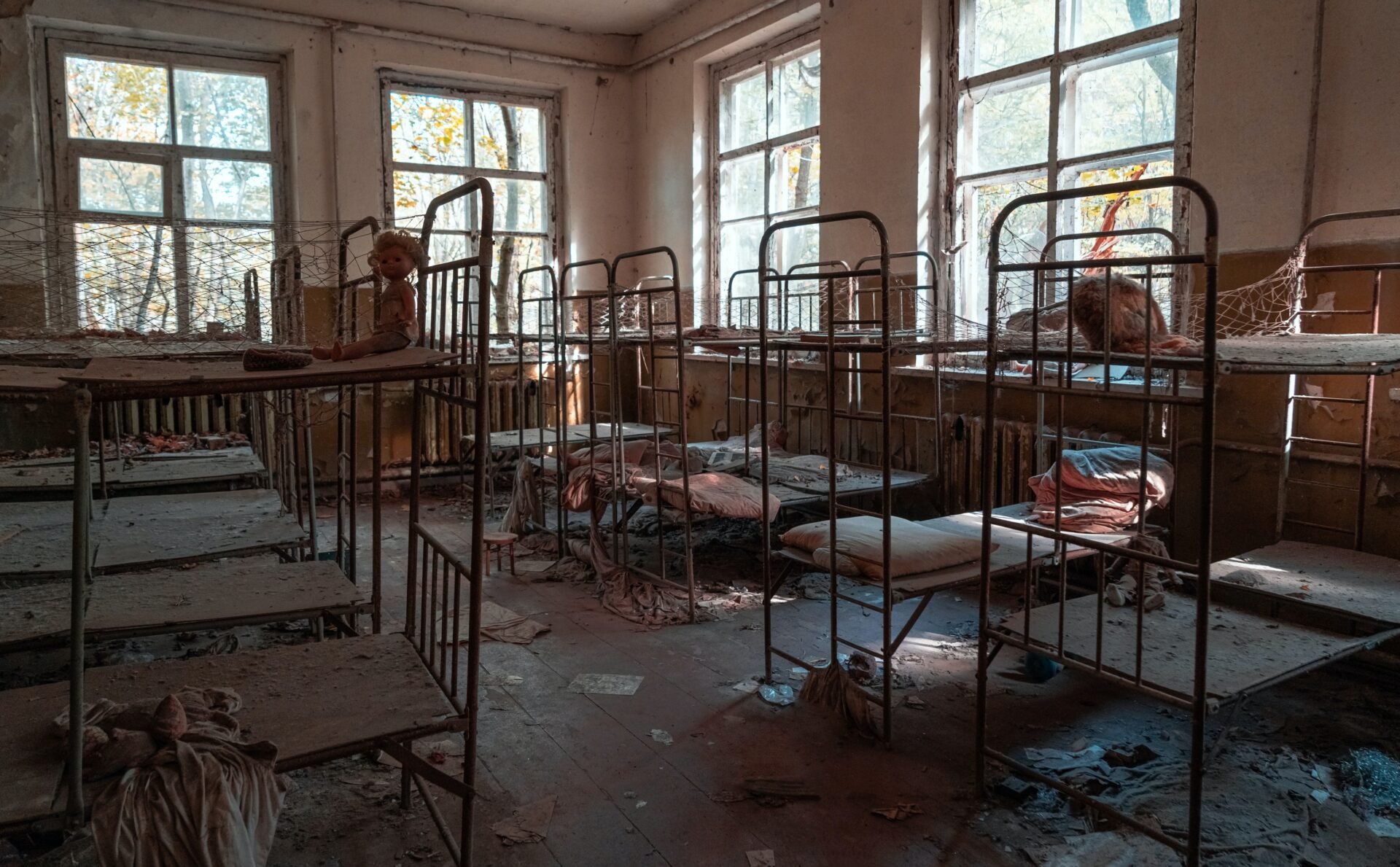Chernobyl: A Catastrophic Failure of Safety Culture and Political Transparency in the Soviet Union
The Chernobyl disaster, which occurred on April 26, 1986, was one of the largest nuclear accidents in history. The explosion and subsequent fire at the Chernobyl nuclear power plant in Ukraine released a massive amount of radioactive material into the atmosphere, contaminating vast areas of Ukraine, Belarus, and Russia. The accident had far-reaching consequences not just in terms of environmental and human health but also politically, marking a turning point in the history of the Soviet Union.
The Soviet Union, which was already facing numerous economic and political challenges, was unable to effectively respond to the disaster. The government’s initial response was to keep the incident a secret, which only added to the chaos and confusion surrounding the event. The slow and inadequate response by the government to contain the spread of radiation and evacuate citizens exposed the systemic problems of the Soviet system. The public was outraged by the lack of transparency and the official cover-up, leading to a loss of trust in the government and the Communist Party.
The Chernobyl disaster also highlighted the inadequacy of Soviet-era technologies and the lack of proper safety measures. The reactor design was flawed, and the management and personnel of the plant were not adequately trained to handle such a crisis. The lack of safety culture in the Soviet Union was a direct result of the country’s centralized and highly bureaucratic system, which discouraged independent thinking and decision-making.

“The Economic and International Fallout of Chernobyl: A Critical Event in the Decline of the Soviet Union”
The aftermath of the Chernobyl disaster further compounded the economic problems of the Soviet Union. The cost of cleaning up the contamination and compensating the affected population was astronomical, putting an even greater strain on the already fragile economy. The disaster also had a significant impact on the Soviet Union’s international standing, as the world was shocked by the lack of preparedness and the slow response to the crisis.
The Chernobyl disaster, therefore, was a critical event in the decline of the Soviet Union. It exposed the inherent flaws of the Soviet system, including its lack of transparency, inadequate safety measures, and bureaucratic inefficiency. The disaster also contributed to the growing disillusionment of the Soviet people with the government and the Communist Party, and further weakened the already fragile economy.
In conclusion, the Chernobyl disaster was a turning point in the history of the Soviet Union, marking the beginning of the end for the country. The disaster highlighted the flaws of the Soviet system and contributed to the growing disillusionment of the people with the government, ultimately leading to the collapse of the Soviet Union and the end of the Cold War. The lessons learned from Chernobyl continue to shape the global debate on nuclear safety and the importance of transparency in crisis management.

Dive Deeper
Book Recommendation
“One of Us: The Story of a Massacre and Its Aftermath” by journalist and author Svetlana Alexievich is a gripping and harrowing book about the Chernobyl disaster. It is a collection of first-hand accounts from survivors, eyewitnesses, and responders, providing a powerful and emotional insight into the tragedy.
The book details the immediate aftermath of the disaster, as well as its long-term effects on the people and the environment. It also covers the Soviet government’s response and attempts to cover up the disaster, as well as the social and cultural impacts on the affected communities.
Svetlana Alexievich won the Nobel Prize in Literature in 2015 for her work documenting the experiences of ordinary people in the aftermath of major historical events. “One of Us” is a haunting and important read that provides a personal perspective on the Chernobyl disaster and its aftermath.
I hope you find this recommendation helpful!
Documentary/ Video
“Chernobyl Nuclear Power Plant – Documentary” is a highly recommended documentary about the Chernobyl disaster. The film provides a detailed and personal account of the events leading up to the disaster, as well as its aftermath and long-term impact on the people and the environment.
The documentary includes interviews with survivors, first responders, and experts in various fields, providing a range of perspectives on the tragedy. It also includes rare footage and photos of the disaster and its aftermath, making it a particularly compelling and informative film.
Here’s a link to the documentary on YouTube: https://www.youtube.com/watch?v=ApdBPhVGgx8
“Chernobyl Nuclear Power Plant – Documentary” is a well-made and deeply moving film that provides a powerful insight into the human and environmental toll of the Chernobyl disaster. Whether you’re interested in history, science, or human interest stories, this documentary is definitely worth a watch.
If this article piqued your interest, you may also enjoy delving into this piece – “US & UK Involvement in Asian Conflicts: Impact on Immigration & Destruction”
